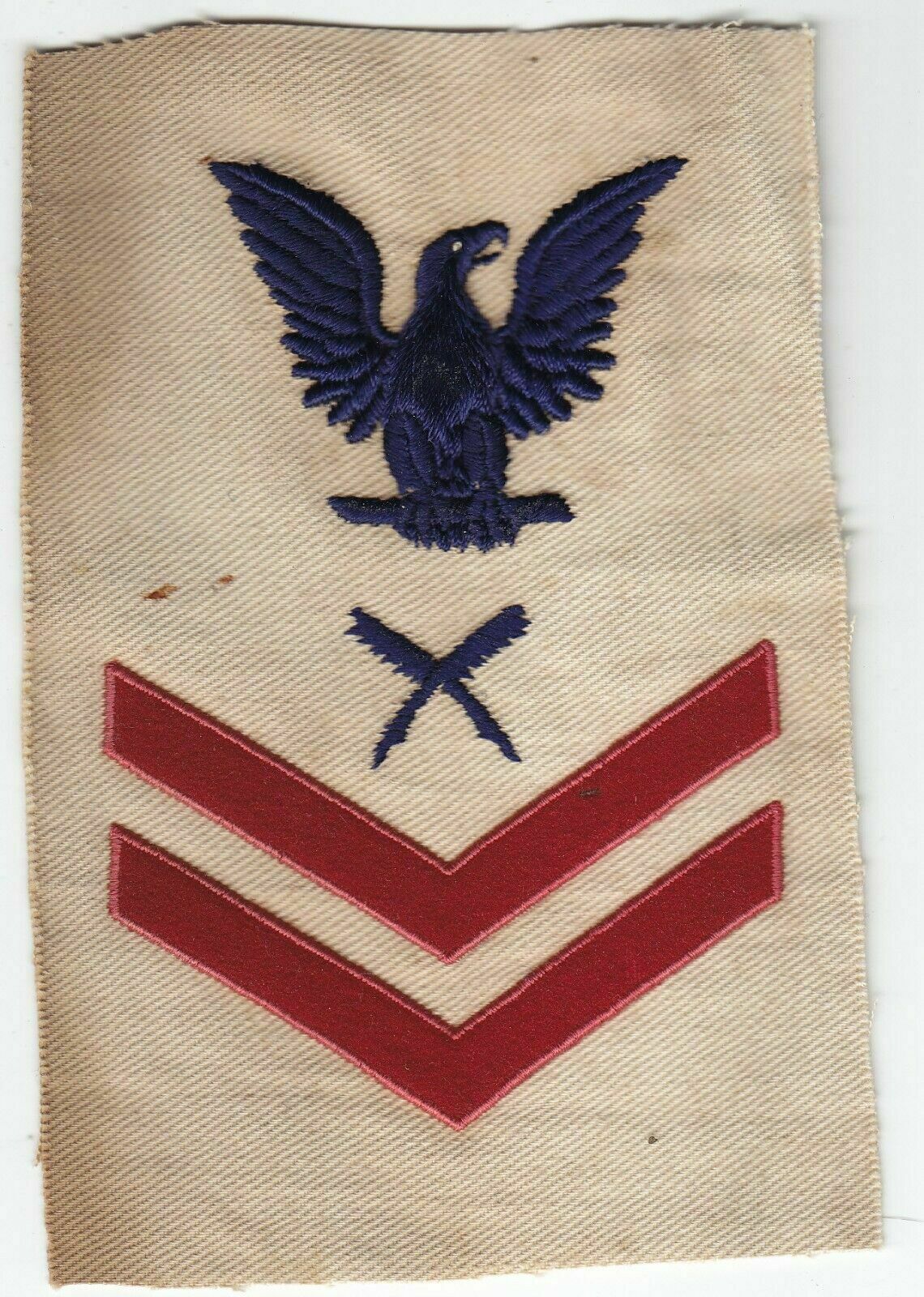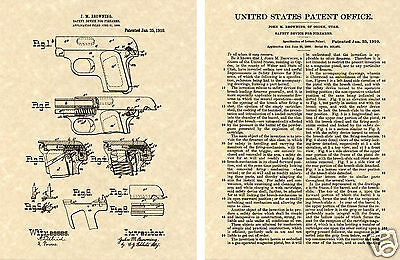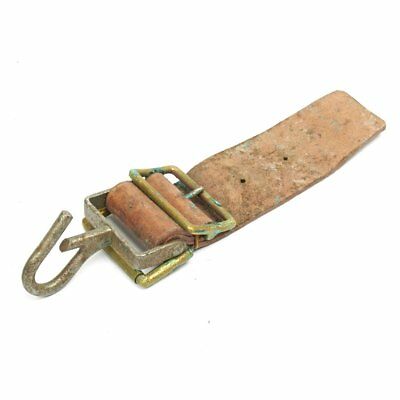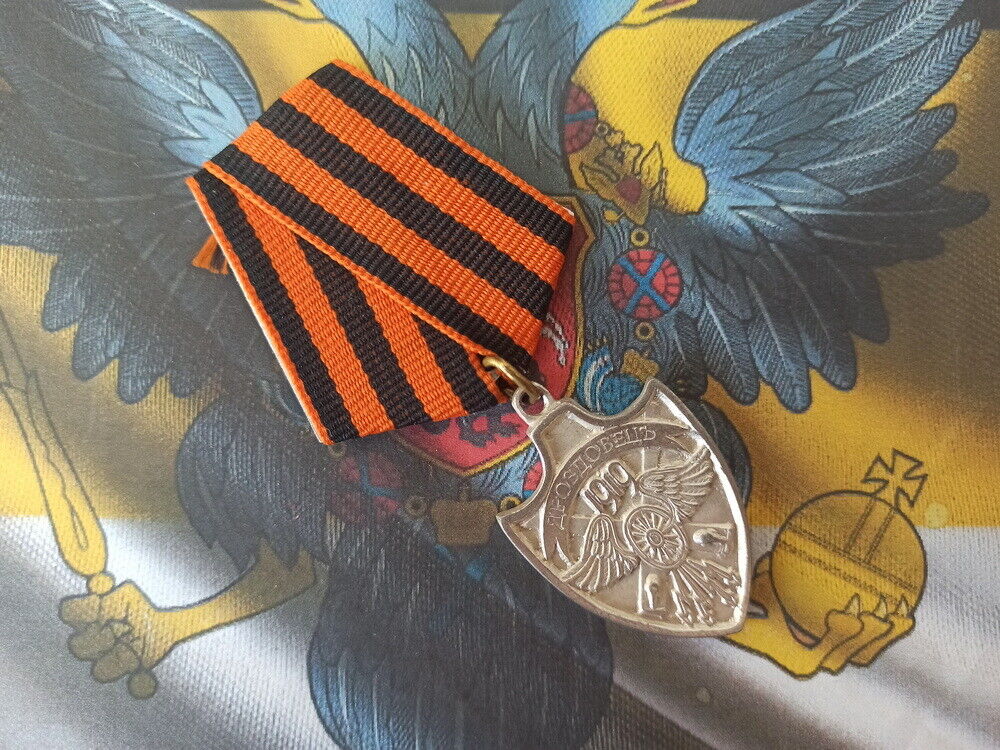-40%
1905-1913 Pre-WW1 White USN - US Navy PO2 Rate — Yeoman— Red Chevrons
$ 47.51
- Description
- Size Guide
Description
PLEASE FOLLOW OUR E BAY STORESEE ALL PICS
SALE
SEE OUR STORE
PLEASE READ WHOLE ADD
Original 1905 - 1913 White Yeoman Petty Officer 2nd Class rate - Red Chevrons.
White rates with red chevrons were used only between 1905 and 1913.
Chevrons are sewn on. Rate does not glow under U/V light. Rate measures 3 7/8" wide.
World War I Era
[
edit
]
With the
US Declaration of War against Imperial Germany
in April 1917, the Navy needed trained men quickly. Recruits who had the aptitude to be yeomen attended Yeoman School. As the war effort escalated, the US Navy found itself lacking personnel to perform the shore-based duties necessary to support more than 128,000 enlisted personnel.
[5]
On 17 March 1917,
Secretary of the Navy
Josephus Daniels
received authorization to enlist women to perform yeoman's duties.
[6]
They were designated
Yeoman (F)
.
Yeoman School
[
edit
]
The Yeoman School, one of the Navy's Trade Schools, had two locations: Newport RI and San Francisco CA. To enter Yeoman School, the recruit was required to have some prior clerical experience, be able to write legibly, and type a 200-word letter with a passing grade of 70% or better. Knowledge of stenography was desirable, but not required.
Steno
classes would be available after hours.
[7]
:27
Yeoman School, New York Navy Yard ca 1910-19
Supply class at Yeoman School, New York Navy Yard ca 1920
Ship's Writers' Class, Yeoman School, Hampton Roads NTS, VA ca 1920
USS Prometheus, Ship's Repair Office ca 1919-20
Preliminary classes
, lasting between 4-6 weeks, would cover arithmetic, spelling, composition, and general Navy knowledge. The final examination would determine eligibility for the next level of classes.
[7]
:28
Supply-officer department
classes covered preparation of requisitions, surveys, public bills, official returns, and supply-related duties. General bookkeeping, inventories, mess statements, and balance sheets were also taught.
Executive-officer department
classes covered record-keeping for enlisted men. Correct preparation of forms for arrival/departure of men; ratings and disratings; appointments; and discharges, desertions, & death was covered.
Pay-officer department
classes required a thorough knowledge of arithmetic. Making up payrolls, computing pay for officers and enlisted men (including allowances, bounties, and extra pay), calculating credit and interest on payroll savings accounts, and preparing payroll checks were some of the duties covered in these classes.
Commanding-officer department
classes covered the production of various forms of official correspondence, such as official letters, and endorsements. The yeoman had to be familiar with the channels through which the documents would pass, as well as the approved filing systems for storing the paperwork. Generating the proceedings for courts-martial and other courts of inquiry or inquests was also covered. The use and proper care of a typewriter was extremely important in the preparation of these documents. Each of the above classes was 5 weeks long.
[7]
:29
Upon entering Yeoman School, the recruit's ranking was landsman-for-yeoman, with a monthly salary of .60. Good grades and good conduct could be rewarded with a promotion to lands-for-yeoman, second class, and a monthly salary of .90. Upon graduation, the ranking would be either yeoman, third class (Y3C), at .00 per month or yeoman, second class (Y2C), at .00 per month. The new yeomen would be granted 10 days leave, with additional time allowed for travel, before transferring to his next station.
[7]
:29
Yeoman (F)
[
edit
]
Main article:
Yeoman (F)
Typing pool at the Navy Department, Washington DC ca 1918-19. Typists are a mixture of Yeomen (F) and civilians. Note the two male Chief Yeomen at the front desks.
The
Civil Service Commission
notified Navy Secretary Josephus Daniels in early 1917 that it could not supply the clerical support needed by the Navy. Exactly who originated the idea of enlisting women with the necessary skills is uncertain. Daniels consulted his legal staff as to whether the language of The Naval Act of 1916 prohibited women. Advised that it did not, Daniels responded, "Then enroll women in the Naval Reserve as yeomen,’ I said, ‘and we will have the best clerical assistance the country can provide.’"
[6]
By war's end, there were more than 11,000 women serving as Yeoman (F) of the US Naval Reserve. The women also contributed to the war effort in non-clerical positions, replacing their male counterparts who were called for sea duty. They became switchboard operators, recruiters, code decipher clerks, painters, look-outs at naval bases, translators, and messengers. They also dispersed pay, designed ship camouflage, and manufactured munitions. As Secretary Daniels had observed, “They did everything except go to sea.”
[8]
Yeoman (F) recruitment stopped on 11 November 1918. The young women had enlisted for 4 years, so they remained on active duty until 1920. Afterwards, many of their supervisors urged Daniels to retain the now-discharged yeomen as civilians doing the same jobs.
[8]
Sinking of
USS President Lincoln
[
edit
]
Main article:
USS President Lincoln (1907)
Y2c Frederick W Wilson,
USS President Lincoln
ca 1917-18
Convoy escort duty
of the ships transporting men and materiel to Europe became the primary function of the US Navy during WW 1. Originally the responsibility of
US Army Transport Service
, which was not equipped to provide the vessels needed to transport the
American Expeditionary Force
(AEF) to Europe. The US Navy assumed the role of transporting the AEF, with its
Cruiser and Transport Force
(CTS), and established a trans-Atlantic convoy system in cooperation with Great Britain.
USS President Lincoln
was part of the CTS.
President Lincoln
left Brest, France on 29 May 1918 with 715 persons aboard, including crew, wounded US Army soldiers and other passengers aboard. She sailed in convoy with 3 other transport ships. The convoy escorts left the westbound ships on the evening of 30 May to meet up with an east-bound convoy. The westbound convoy was considered to be safe from German submarines during the night. However, the U-90 had spotted the convoy earlier that afternoon and raced ahead.
U-90
attacked the convoy about 9 am on 31 May. Struck by three torpedoes, she sank about 30 minutes later. Three officers and twenty-three enlisted men were killed. None of the Army wounded or other passengers were lost. They were rescued later that day by three destroyers dispatched by the escort commander.
[9]
One of the sailors who perished was Yeoman 2nd Class Frederick W. Wilson.
[10]
American Legion Post 62 of Denison TX was named in Wilson's honor. His father, Frederick W. Wilson, Sr, was a Denison resident.
[11]
Agnes Meyer Driscoll
[
edit
]
Main article:
Agnes Meyer Driscoll
Agnes Meyer Driscoll
Agnes Meyer Driscoll graduated from Ohio State University in 1911 with a Bachelor's Degree in Mathematics and Physics. She was also proficient in four foreign languages: French, Latin, German, and Japanese. Driscoll enlisted with the US Navy as a Chief Yeoman (F) in 1918, and worked in the Code and Signal Section of the
Director of Naval Communications
. throughout WWI. After the war ended, she continued working for the US Navy as a civilian crypto-analyst. She was instrumental in breaking the
Red Book Japanese naval cipher
in the mid-1920s, and the
Blue Book Japanese naval cipher
in 1930.
[12]
[13]
William D. Puleston
Toshio Miyazaki, before 1941
About the same time (early 1930s),
William D. Puleston
, Director of the
Office of Naval Intelligence
(ONI) suspected the
naval attaché
office at the
Japanese Embassy in Washington D.C.
of extending their espionage activities throughout the US. Suspicions of Embassy military officials and possible Japanese naval officers posing as English language students at US universities resulted in increased surveillance, and led to the expulsion of Japanese assistant naval attaché, Yoshiro Kanamoto, for photographing US Navy fuel oil depots. Further decrypted Japanese messages confirmed Director Puleston's suspicions. Driscoll was reviewing a decrypted message which contained the word 'TO-MI-MU-RA'. Unable to recognize the word, she showed the message to a Japanese language specialist. He initially suggested that the word could be a Japanese name, but Driscoll wasn't so sure. His next suggestion was the alternate meaning of 'MU-RA':
son
, thus making the entire word mean
Tomison
, or Thompson in English. The ONI had a lead to an American possibly spying for the Japanese.
[14]
McNeil Island Federal Penitentiary, Puget Sound, Washington, 1937
Over on the West Coast of the mainland US,
Harry J. Thompson
was a former US Navy Yeoman, and now jobless. In 1934, Thompson had been recruited by Lt Cmdr
Toshio Miyazaki
of the Imperial Japanese Navy. Miyazaki was posing as Mr. Tanni, an English language exchange student at
Stanford University
. Thompson was given the uniform of a Chief Yeoman, and was able to access classified information on gunnery and gunnery tactics.
[15]
While drunk, Thompson confided to his roommate, Willard James Turrentine, also unemployed, about the spy ring. Turrentine informed the ONI, passing along some of Thompson's correspondence as proof. The
Federal Bureau of Investigation
(FBI) placed Thompson under
surveillance
, and arrested him in March 1936 under the
Espionage Act of 1917
. Thompson was convicted, and sentenced to 15 years at
McNeil Island Federal Penitentiary
. On the day Thompson was arrested, Miyazaki fled back to Japan.
[14]
Yeomen Recipients of the Navy Cross
[
edit
]
Main article:
Navy Cross
The US Navy Cross award for extraordinary valor in combat.
The Navy Cross award for valor was established by the US Congress on 4 February 1919 to honor sailors and marines who displayed extraordinary heroism in combat with an armed enemy force. The Act was made retroactive to 6 April 1917. The following Yeomen received this award:
[16]
[17]
Chief Yeoman Harry B. Alderman
USS Cleveland
, February 16, 1918
Citation: "The Navy Cross is awarded to Chief Yeoman Harry B. Alderman, U.S. Navy (Reserve Forces), for extraordinary heroism and devotion to duty on the occasion of a fire on the U.S.S. Cleveland at sea, on February 16, 1918. Chief Yeoman Alderman, with others, descended into a compartment over the after-magazine, filled with smoke and suffocating fumes, and successfully extinguished the fire after forty-five minutes' work."
[18]
Yeoman 2nd Class Roger Johnstone
no information available
[17]
Yeoman 1st Class Matthew E. O'Gorman
Gunner/Observer, Northern Bombing Groups, June-November, 1918
Citation: "The Navy Cross is awarded to Yeoman First Class Matthew E. O'Gorman, U.S. Navy (Reserve Forces), for distinguished and heroic services as a gunner and observer of airplanes of the Northern Bombing Groups in France, co-operating with the Allied Armies on the Belgian Front, from June to November, 1918, in bombing raids over enemy territory and in action against enemy aircraft."
[19]
Chief Yeoman Ralph W. Shuey
USS Cassin
, October 15, 1917
Citation: "The Navy Cross is awarded to Chief Yeoman Ralph Waldo E. Shuey, U.S. Navy, for extraordinary heroism and devotion to duty on the occasion of the torpedoing of and explosion on the U.S.S. Cassin on October 15, 1917. Chief Yeoman Shuey, with other members of the crew, was untiring in his work of shoring up bulkheads, restaying masts, and improvising means of towing. He set an example to the younger and less experienced members of the crew."
[20]
Chief Yeoman Emerson B. Wentworth
USS Mount Vernon
, September 5, 1918
Citation: "The Navy Cross is awarded to Chief Yeoman Emerson B. Wentworth, U.S. Navy, for distinguished service and devotion to duty while serving on the U.S.S. Mount Vernon, when that vessel was torpedoed September 5, 1918. Chief Yeoman Wentworth went to his station at the forward fire control to assume charge, and was on the ladder leading to it, when the ship was struck. By admonitions and physical exertions he forced men back to their stations and duties, materially aiding the proper operation of the fire control and displaying high qualities of leadership."
[20]










